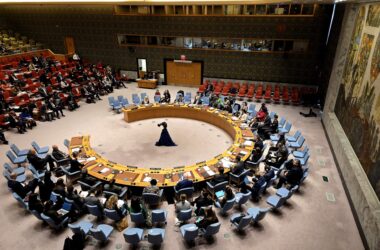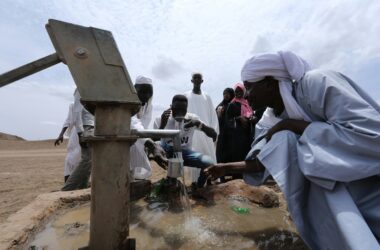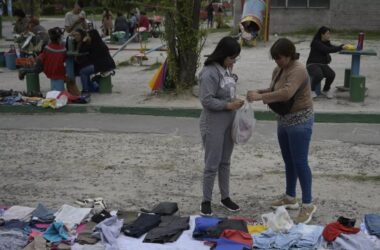The World Food Programme (WFP), one of the leading humanitarian organizations in the world, is on a mission to combat global hunger and malnutrition by expanding its efforts to provide nutritious meals to vulnerable populations. With millions of people facing food insecurity, especially in the wake of the COVID-19 pandemic, the WFP’s work has become increasingly vital in ensuring that no one goes to bed hungry.
The Scale of the Global Food Crisis:
Before the pandemic, chronic hunger was already a pressing issue, with over 820 million people worldwide suffering from food insecurity. The COVID-19 pandemic exacerbated this crisis, pushing an additional 161 million people into acute hunger in 2020 alone. Vulnerable communities in conflict zones, regions affected by climate change, and those with limited access to resources have been disproportionately affected.
WFP’s Vital Role:
The World Food Programme, a specialized agency of the United Nations, plays a crucial role in addressing global food insecurity. Key aspects of their work include:
- Emergency Response: WFP provides food assistance to communities affected by conflicts, natural disasters, and other crises, offering a lifeline to those in immediate need.
- Nutrition Programs: The organization focuses on delivering nutrient-rich meals to children, pregnant women, and nursing mothers, combating malnutrition and its lifelong impacts.
- School Feeding: WFP supports school meal programs, which encourage children’s education while ensuring they receive regular and nutritious meals.
- Resilience Building: WFP assists communities in developing sustainable food systems, enhancing their capacity to withstand future shocks.
Expanding Efforts:
In response to the growing hunger crisis exacerbated by the pandemic, the WFP has intensified its efforts:
- Cash-Based Transfers: Providing cash or vouchers instead of physical food enables beneficiaries to purchase the food they need while stimulating local economies.
- Innovation: Leveraging technology and data, WFP has enhanced its ability to target assistance effectively and improve program efficiency.
- Partnerships: Collaborating with governments, NGOs, and other stakeholders has amplified the impact of their initiatives.
Success Stories:
- Yemen: WFP’s extensive operations in Yemen provide life-saving food assistance to millions amidst a protracted conflict.
- Honduras: In response to the impacts of two devastating hurricanes in late 2020, WFP provided food assistance and nutrition support to affected communities.
Challenges and Ongoing Concerns:
- Funding Shortfalls: Despite increased needs, the WFP often faces funding gaps that limit its capacity to reach all those in need.
- Access and Security: Operating in conflict zones and regions with limited infrastructure presents logistical and security challenges.
A Global Commitment:
The World Food Programme’s expansion of efforts to provide nutritious meals to vulnerable populations is a testament to the global commitment to address hunger. As the organization continues its vital work, it reminds us all that achieving a world without hunger is an achievable goal, one where everyone has access to the basic necessity of nutritious food. Supporting the WFP and similar initiatives is not just an act of charity; it’s a step towards a more equitable and nourished world.



 UN
UN 




